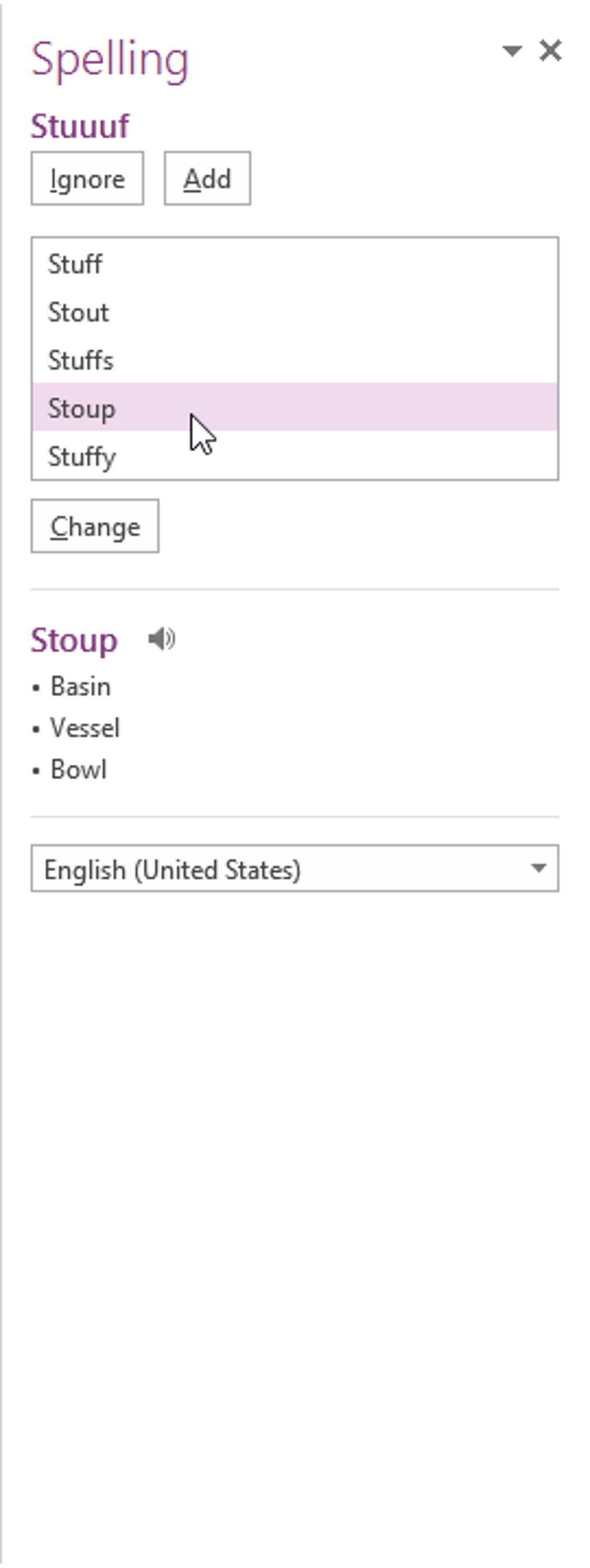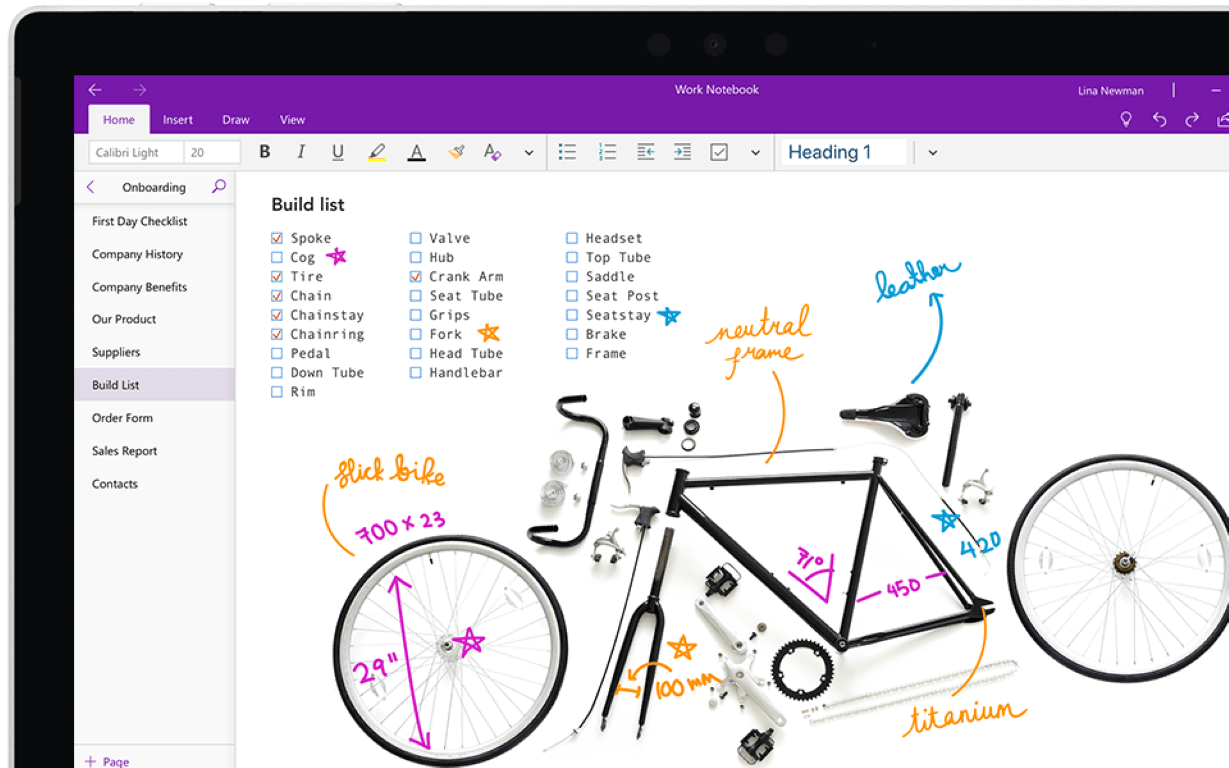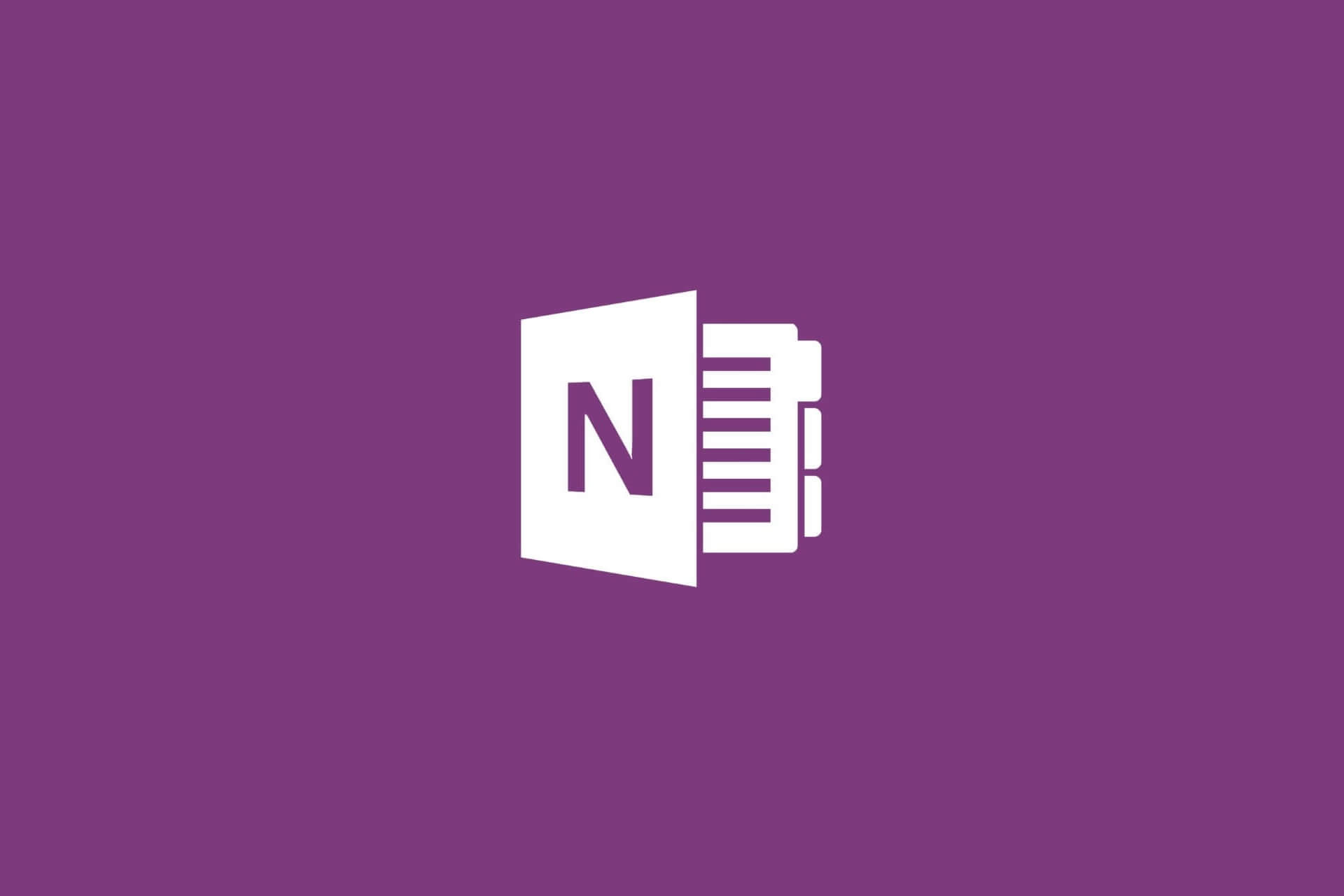

In keeping with the virtual idea of a functional notebook, it’s important to impose some kind of order on all these pieces of information. Organizing Notebook Information with Sections You can even send out an email to others with notebook-sharing information or add OneNote to a tab in a Microsoft Teams channel. A OneNote notebook might be just for your own use or shared by a group or team. Most of the options are fairly clear but make sure to watch closely when you choose how you want to use the notebook: on your computer, on the Web, within your OneDrive account, in Sharepoint, or on a network. Although the interface varies with your version of Microsoft Office, in the desktop version of OneNote, you create a new notebook with File > New. Notebooks are commonly created for a department, project, or work team.

For further organization, you can even create subpages with additional information under the same title as its corresponding page. Pages are where you write, doodle, and paste in your notes.
Onenote series#
OneNote uses the same idea, but with virtual folders called notebooks with a series of color-coded tabs or sections, each section made up of one or more pages.
Onenote windows 10#
It’s helpful to know that OneNote is available in many flavors-OneNote (desktop app), OneNote for the Web (Online), OneNote for Windows (included with Windows 10 & 11), and OneNote for Mobile.* OneNote 2016 is an earlier licensed desktop version of this versatile application. OneNote is just waiting for you to discover this “secret” Microsoft Office tool.


Even if you have never heard of OneNote or used it before, it’s part of the Microsoft 365 suite of applications. A note can be almost anything you want it to be-a typed line of text, a sketch, an audio or video clip, a picture, a link to a web page or file-you get the idea. OneNote is a place to create, gather, store, and search notes. How do you handle the stacks of data that don’t fit into the most popular Microsoft Office programs? What are the best ways to handle notes from meetings, brainstorming sessions, classes, project planning, Post-It notes pasted to your monitor, important hand-written text, and “where do I store this?” nuggets? How can you search this collection of notes and content? Try OneNote. Much of the data you work with each day probably gets stored electronically in some way: you save appointments, meetings, and contacts in Outlook, and you likely manage lists and other key data in an Excel worksheet or Word table.


 0 kommentar(er)
0 kommentar(er)
